Description
The Perfect Plant to Fit your Lifestyle
The Ornamental Red Pineapple Plant, known scientifically as Ananas bracteatus ‘Tricolor’, is a striking addition to any garden or indoor plant collection. Distinguished by its vibrant foliage, the leaves exhibit a stunning blend of green, cream, and pink stripes, creating a colorful tapestry that stands out in any setting. In the center of this rosette-forming plant, a unique red pineapple emerges, adding an exotic and decorative touch. Although the fruit is not considered edible due to its small size and tough texture, it serves as a captivating visual focal point.
Caring for your Pineapple Plant
This tropical plant thrives in warm, humid environments, preferring bright, indirect sunlight and well-draining soil. Regular watering and occasional feeding during the growing season will ensure its health and vitality. The Ornamental Red Pineapple Plant is a low-maintenance, drought-tolerant specimen, making it a perfect choice for gardeners looking to add a touch of the tropics to their landscape or indoor space.
Light
Red Pineapple Plants thrive in bright, indirect light. If grown outdoors, a spot that receives partial shade is ideal to prevent leaf scorch. Indoors, place your plant near a south or east-facing window for optimal light exposure.
Water
These plants prefer consistent moisture but are also quite drought-tolerant once established. Water your Red Pineapple Plant when the top inch of soil feels dry to the touch, reducing watering frequency in the cooler months. Avoid overwatering, as this can lead to root rot.
These plants appreciate high humidity, so consider using a humidifier or placing a water tray near the plant if you’re growing it indoors in a dry environment.
Soil
A well-draining, sandy soil mix is best for Red Pineapple Plants. If potting, ensure your container has adequate drainage holes. Mixing in perlite or vermiculite can improve drainage and aeration, promoting healthy root development.
Fertilizing
Feed your Red Pineapple Plant with a balanced, slow-release fertilizer every few months during the growing season (spring through summer). A formulation high in potassium is beneficial for fruit development. Reduce fertilizing in the fall and winter when the plant’s growth slows.
Pruning and Maintenance
Pruning is minimal for Red Pineapple Plants. Remove any dead or damaged leaves to keep the plant looking tidy and to encourage healthy growth. After the plant fruits, it will eventually die back, but before doing so, it can produce offsets or “pups” that can be removed and planted to grow new plants.
Propagation
The most common method of propagating Red Pineapple Plants is through the removal of pups. Once these offsets are about 6 inches tall, gently separate them from the mother plant using a sharp, sterilized knife, and pot them in their own containers.
Pest and Disease Management
Red Pineapple Plants are relatively resistant to pests and diseases. However, keep an eye out for common pests such as mealybugs, scale insects, and spider mites. Treat infestations promptly with insecticidal soap or neem oil. Good cultural practices, like proper watering and air circulation, will help prevent most diseases.
Harvesting
The fruit of the Red Pineapple Plant will be ready to harvest approximately 18-24 months after planting, when it has developed its characteristic red color and gives off a sweet aroma. Cut the fruit from the plant using a sharp knife.

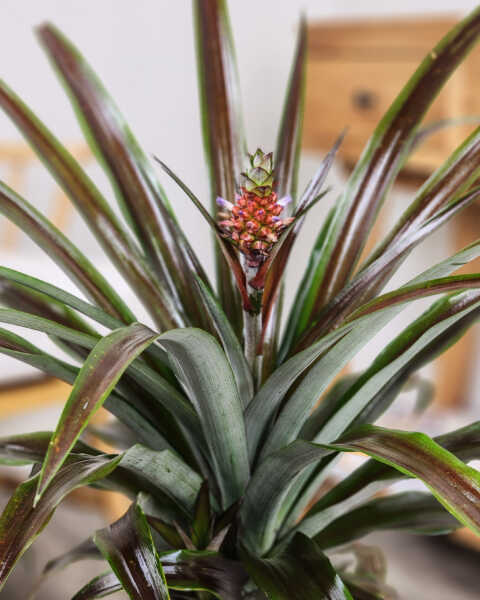
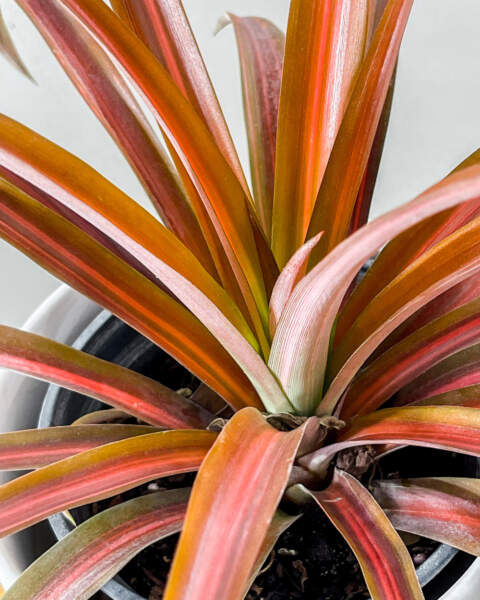
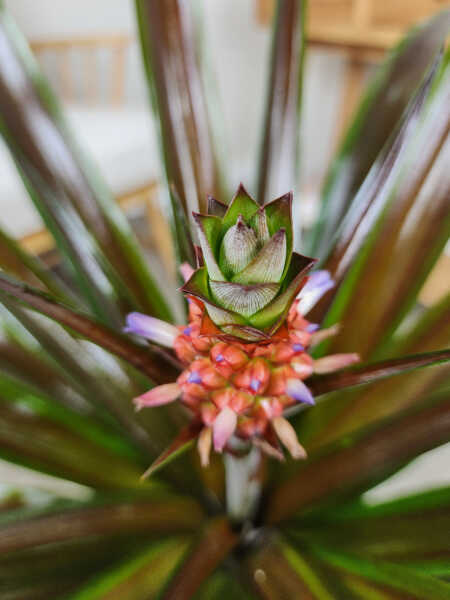


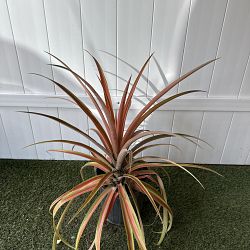
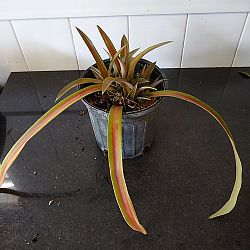
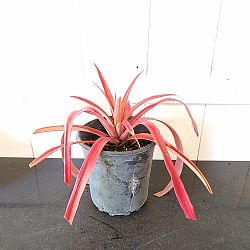




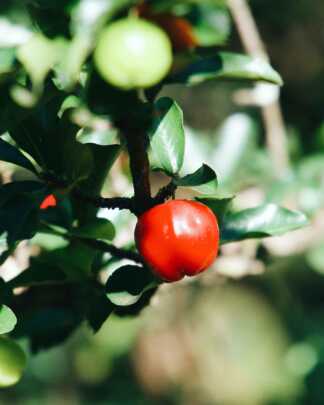




Anonymous (verified owner) –
Plant looks good and very healthy